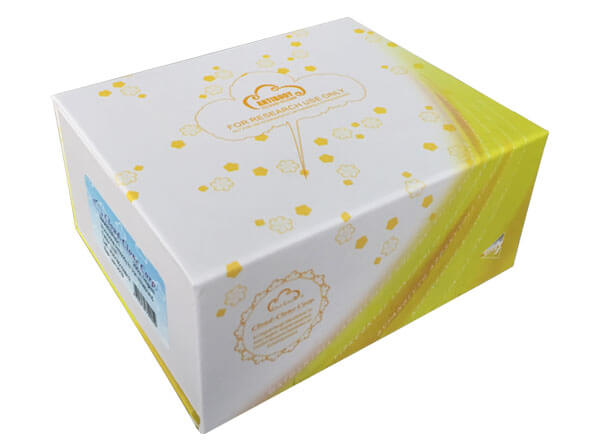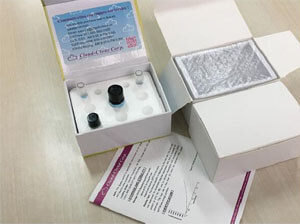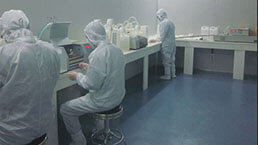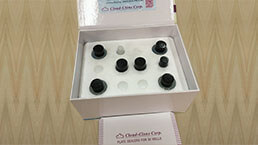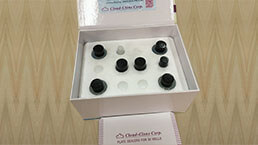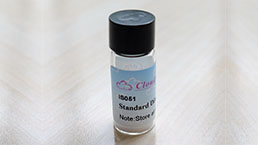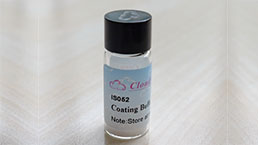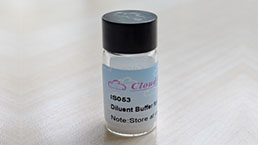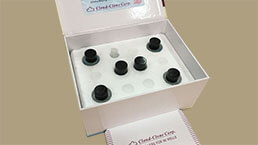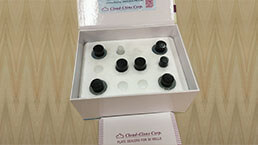ELISA Kit DIY Materials for Macrophage Migration Inhibitory Factor (MIF) 

GIF; GLIF; MMIF; Glycosylation-Inhibiting Factor; L-dopachrome isomerase; L-dopachrome tautomerase; Phenylpyruvate tautomerase
- UOM
- FOB US$ 1,134.00 US$ 1,890.00 US$ 3,402.00 US$ 6,615.00 US$ 11,340.00
- Quantity
Overview
Properties
- Product No.KSA698Hu01
- Organism SpeciesHomo sapiens (Human) Same name, Different species.
- ApplicationsMain materials for "Do It (ELISA Kit) Yourself".
Research use only - Downloadn/a
- CategoryCytokineInfection immunityRheumatologyAutoimmunity
- Reagent Contents Capture Antibody, Detection Antibody, Standard, Streptavidin-HRP, TMB Substrate, 96-well Plate
- Detectable SampleSerum, plasma, tissue homogenates, cell lysates, cell culture supernates and other biological fluids.
- Applicable PrincipleDouble-antibody Sandwich ELISA for Antigen Detection
- Detectable Range0.312-20ng/mL
- Applicable Sensitivity0.128ng/mL
Sign into your account
Share a new citation as an author
Upload your experimental result
Review

Contact us
Please fill in the blank.
Specifity
The Abs in the kit have high sensitivity and excellent specificity for detection of Macrophage Migration Inhibitory Factor (MIF). No significant cross-reactivity or interference between Macrophage Migration Inhibitory Factor (MIF) and analogues was observed.
Usage
1. Coat the plates with 100μL per well of working solution of Capture Antibody.incubate overnight at 4°C or incubate at 37°C for 2 hours.
2. Aspirate and wash 1 time.
3. Block the plates with 200 μL per well of working solution of Blocking Buffer. Incubate at 37°C for 1.5 hours.
4. Aspirate and wash 1 time. The plates are now ready for sample detection, the protocol is the same as regular ELISA.
Storage
Antibodies, Standard and Streptavidin-HRP should be stored at -20°C. TMB should be stored at 4°C. 96-well Plate could be stored at room temperature. The contents are valid for twelve months. They are stable for one month after opening when stored at 4°C.
Support pack
Giveaways
Increment services
Citations
- Targeted reduction of advanced glycation improves renal function in obesityPubMed: 21412218
- Macrophage Migration Inhibitory Factor Plays a Role in the Regulation of Microfold (M) Cell-Mediated Transport in the GutJimmunol: 5673
- Involvement of exercise-induced macrophage migration inhibitory factor in the prevention of fatty liver diseasePubMed: PMC3757527
- Role of macrophage migration inhibitory factor in the regulatory T cell response of tumor-bearing micePubMed: PMC3466372
- Deletion of bone-marrow-derived receptor for AGEs (RAGE) improves renal function in an experimental mouse model of diabetesPubmed:24957662
- The Potential Role of Polymethyl Methacrylate as a New Packaging Material for the Implantable Medical Device in the BladderPubMed: 25705692
- Combined NOX1/4 inhibition with GKT137831 in mice provides dose-dependent reno- and atheroprotection even in established micro- and macrovascular disease.pubmed:28160092
- Protective effect of chlorogenic acid on the inflammatory damage of pancreas and lung in mice with l-arginine-induced pancreatitis pubmed:28919396
- Cytokine MIF Enhances Blood-Brain Barrier Permeability: Impact for Therapy in Ischemic StrokePubmed:29335619
- Immune Response and Mechanisms of IFN-γ in Administration for KeratomycosisPubmed: 30307777
- Effect of voluntary running on expression of myokines in brains of rats with depressionPubmed: 30834799
- Biomarkers in Heart Failure and Associated Diseases
- Autophagy mediates the secretion of macrophage migration inhibitory factor from cardiomyocytes upon serum-starvationPubmed: 31209799
- Beneficial effects of voluntary over forced exercise on skeletal muscle structure and myokines expressionPubmed: 31802473
- Deletion of macrophage migration inhibitory factor ameliorates inflammation in mice model severe acute pancreatitisPubmed: 32062385
- Association between MIF gene promoter rs755622 and susceptibility to coronary artery disease and inflammatory cytokines in the Chinese Han population33850223
- Macrophage migration inhibitory factor is overproduced through EGR1 in TET2low resting monocytesPubmed:35115654



